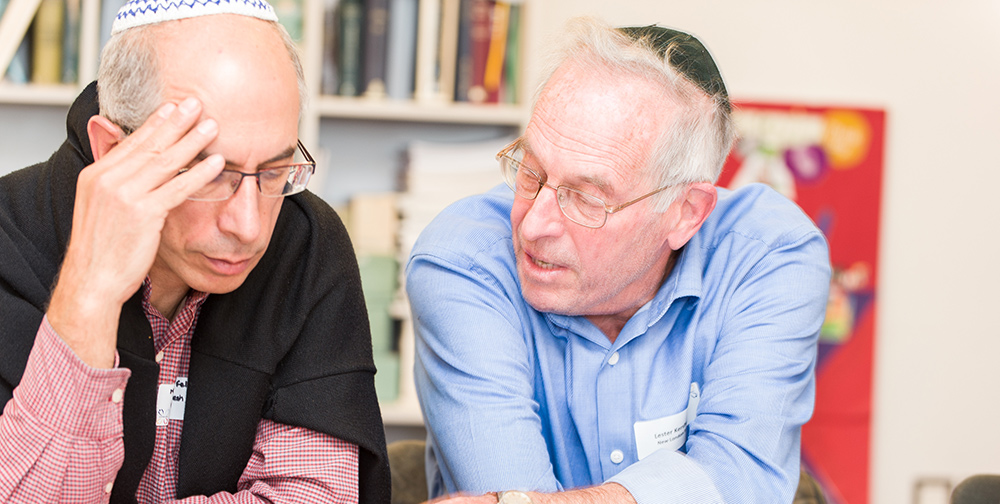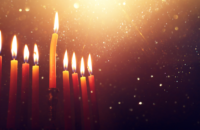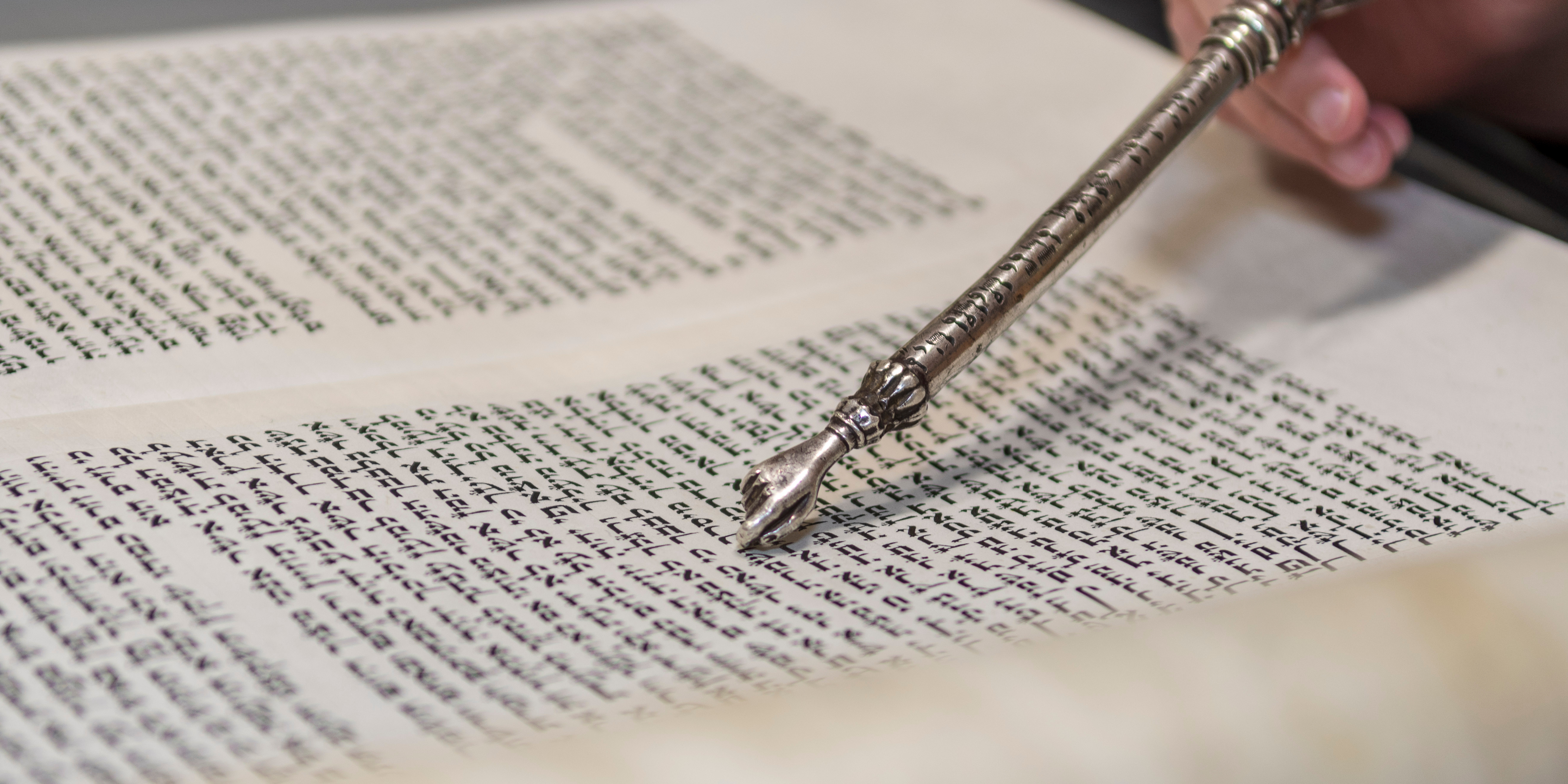Spotlight on the Amidah: The Final Blessings

To our Sages, the Amidah was prayer. When they referred to T’filah, they inevitably meant the Amidah. In fact no other part of our liturgy is prayer in the same way. The Shema and its blessings are recitations from the Torah, as are most of the Psalms scattered throughout the prayer book. Any other texts are late-antique or medieval poetry meant to illuminate the themes of the Siddur. The only text which really qualifies as ‘prayer’, and the one which the Halachah actually governs, is the Amidah. The minimal requirement for prayer is to recite the Amidah thrice daily (some say twice) and the Shema twice. Everything else is, as they say, commentary. As a result, it’s really important that we are familiar with the structure of the Amidah. This task is made simpler by the rigid, yet modular framework of the prayer. Every Amidah, whether for a weekday, for Shabbat, for a festival, or even for Yom Kippur, has the same three blessings at the beginning and the same three blessings at the end. These three final blessing are the Avodah, Hoda’ah, and Shalom. AvodahThis blessing asks God to restore sacrificial worship to the Temple. It is recited at every Amidah because every Amidah is a replacement for one of the ancient sacrificial services in the Temple. In the absence of the Temple, our Sages constructed a new model of piety. In doing so, they adapted the sacrifices into words; for example, the morning sacrifice was replaced with morning prayers. In each service, the Amidah took the place of a sacrifice. As a result, part of the conclusion of the Amidah involves praying that it become redundant, that this replacement for the Temple worship will someday be unnecessary and the original practice might return. Hoda’ahThis passage, which begins with the words Modim anachnu lakh, is often confusing to those unfamiliar with it, for two reasons: when reciting the Amidah, this Hoda’ah blessing includes a bow at the first words and a bow at the last words, just like the first blessing of the Amidah (Avot). When the leader is reciting it, it requires more participation, with the otherwise-passive audience reciting a slightly different text of the blessing while the leader recites it aloud. Why bother to engage people so much on this particular blessing? Probably because we often misunderstand hoda’ah as ‘gratitude’ when it is more like ‘acknowledgement’. That is, it is a cognitive rather than an emotional type of thanks. We don’t thank God because we feel grateful, but rather because we look around and acknowledge all the things done for us. ShalomThis last one is one of the most recognisable, beginning with either the words sim shalom or, in the evening, shalom rav. In it we ask for peace not only for us, but for all people and all creation. We call upon God as the ‘one who makes peace among the Heavens’ to also ‘make peace among us’. In a certain way, these three all form a sort of narrative: if we are aware of all the ways we can worship (Avodah), whether in deed or in word, then we can begin to acknowledge (Hoda’ah) all the things done for us, and through recognising that power does not lie in our own hands, but in the hands of Heaven, we can more easily bring about peace (Shalom.) Perhaps that line of thought was so important to our Sages that they made it obligatory, at the end of every Amidah, every day, every season, and every year. Rabbi Adam Zagoria-Moffet is the rabbi of St Albans Masorti Synagogue



